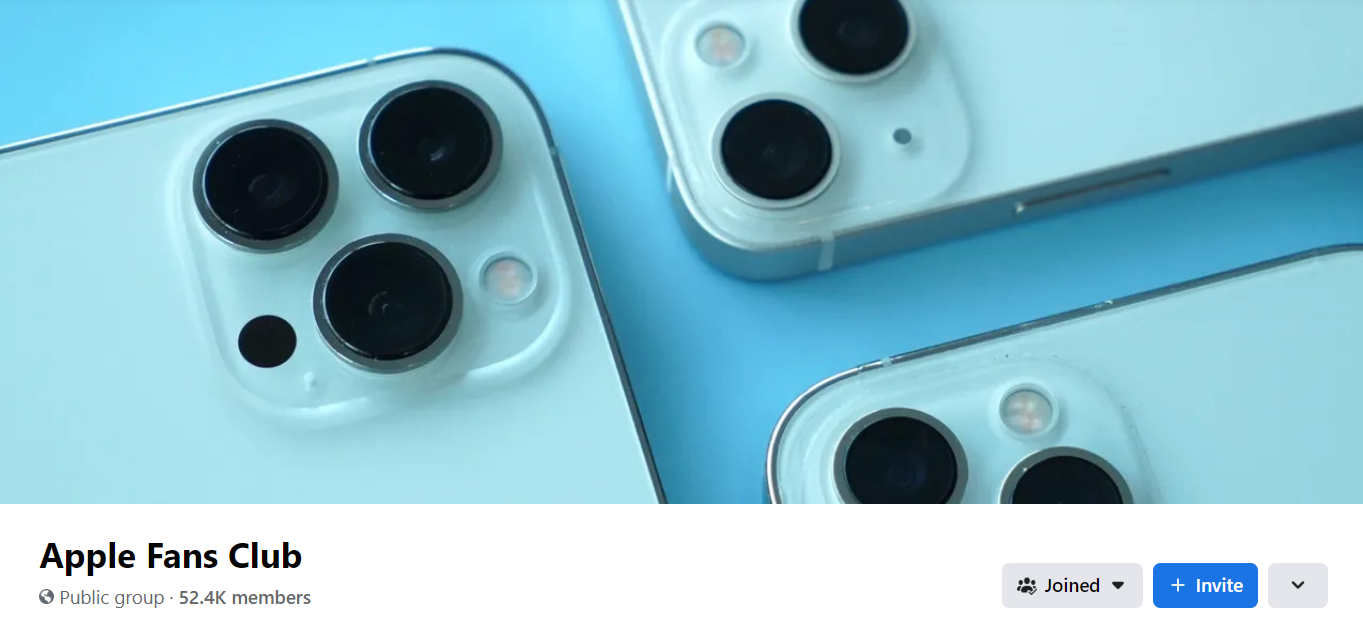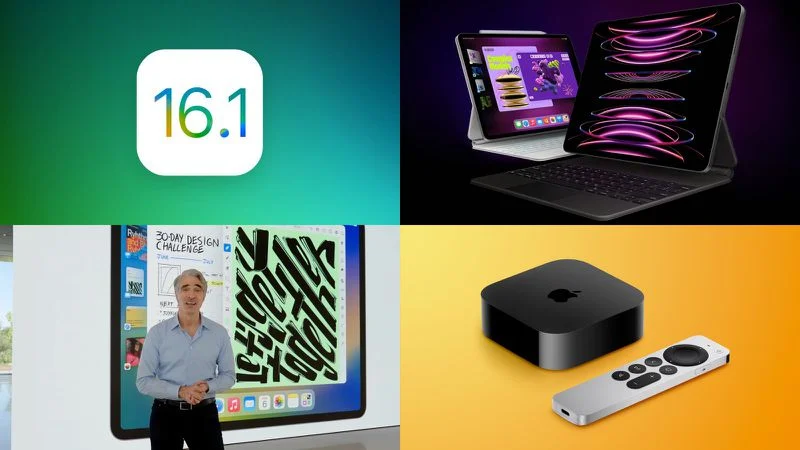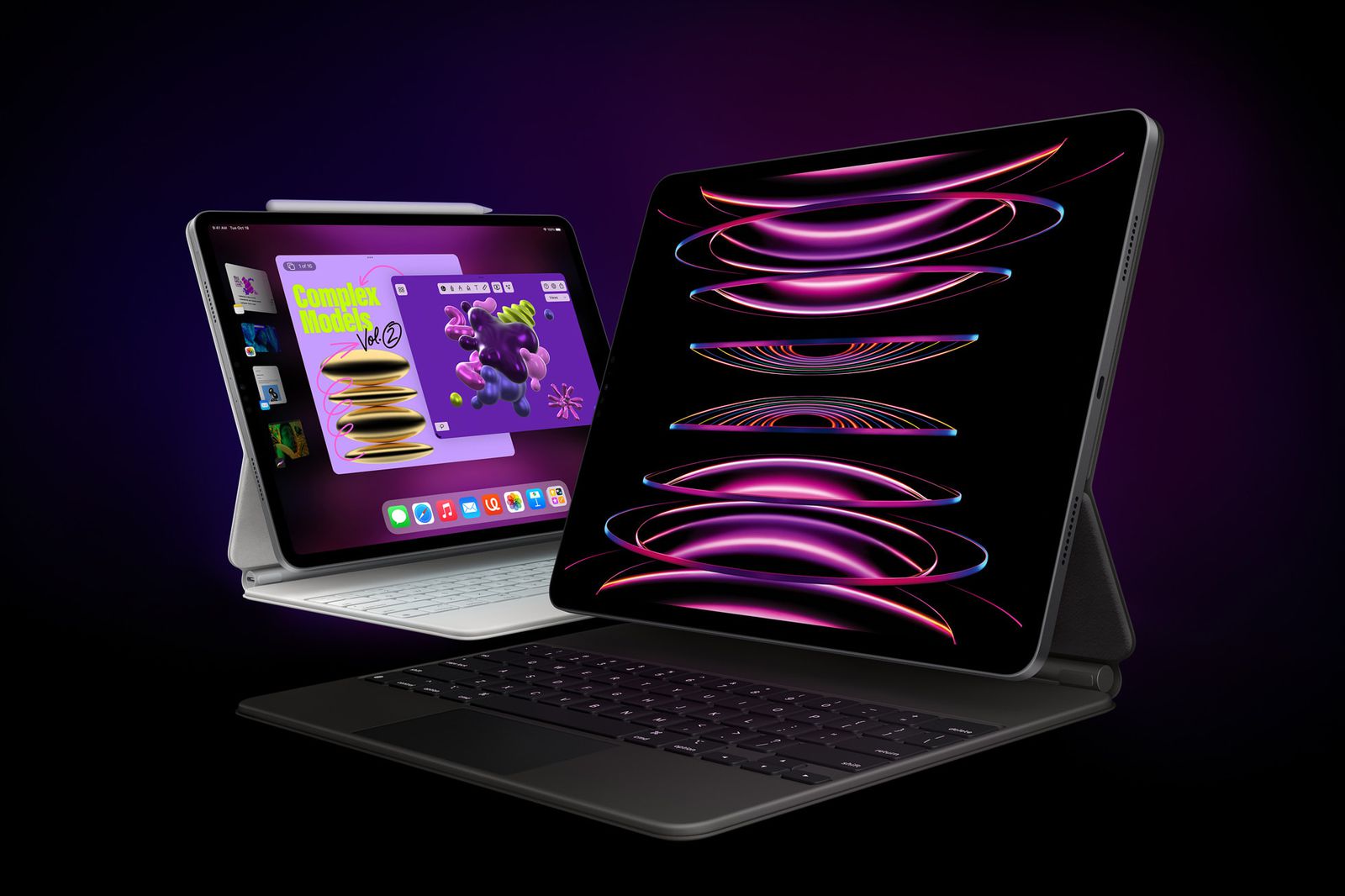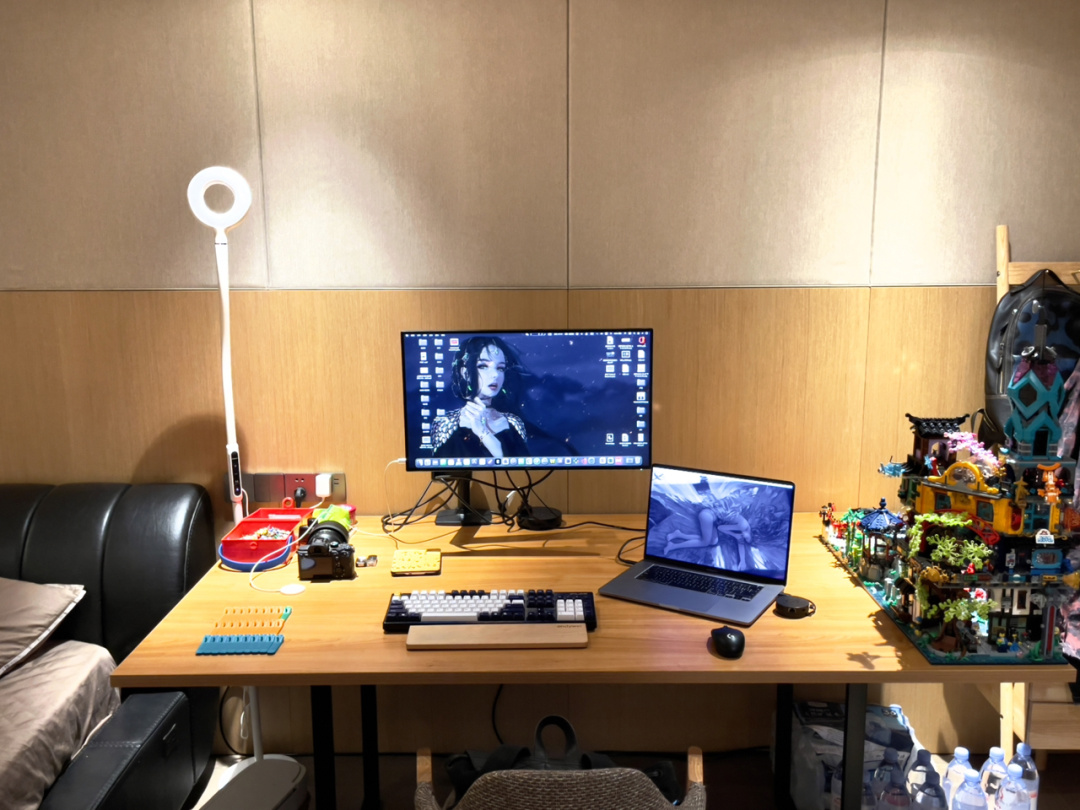Apple’s latest iPad Air and iPad Pro models have similar designs, Liquid Retina displays, M-series chips, 5G connectivity, and more in common — so which should you buy?
The fourth-generation “iPad Air” launched in September 2020 brings the device closer to the “iPad Pro” in design, and in the latest model, the “iPad Air” gets the same M1 chip as the previous “iPad Pro”, bring them closer. The latest iPad Pro models have introduced relatively few new features, such as the M2 chip, Apple Pencil hover, Wi-Fi 6E and Bluetooth 5.3, but that means high-end iPad models are now the same as Apple’s March 2022 launch. iPad Air models.
Should you consider buying an iPad Air to save money, or do you need the high-end features of an iPad Pro? Our guide answers your questions about how to decide which of these two iPads is best for you.
Comparing the iPad Air and iPad Pro
The iPad Air and iPad Pro share a large number of key features, such as an all-screen design with flat sides, a 12MP rear Wide camera, a 12MP front-facing Ultra Wide camera, and a USB-C port:
Similarities
- Industrial design with flat edges
- Liquid Retina display with 264 ppi, full lamination, oleophobic and anti-reflective coating, P3 Wide Color, and True Tone
- M-series chip with next-generation Neural Engine
- 5G connectivity
- ƒ/1.8 12MP Wide rear camera, with digital zoom up to 5x for photos
- ƒ/2.4 12MP front-facing Ultra Wide camera with 2x optical zoom out and Center Stage
- 4K video recording at up to 60 fps, extended dynamic range for video up to 30 fps, 3x video zoom, slo-mo video support for 1080p at up to 240 fps, and time-lapse video with stabilization
- “All-day” 10 hour battery life
- USB‑C connector
- Compatible with Magic Keyboard, Smart Keyboard Folio, and Apple Pencil (2nd generation)
Apple’s specs breakdown shows that the two iPads share many of the most important features. Even so, there are more meaningful differences between the iPad Air and iPad Pro worth highlighting, including their displays, authentication technology, and rear camera setups.
Differences
iPad Air
- Touch ID built into the top button
- 10.9-inch display
- Liquid Retina LED display
- 500 nits max brightness (typical)
- M1 chip with 8-core, 3.2GHz CPU and 8-core GPU
- Neural Engine
- Media engine for hardware-accelerated H.264 and HEVC
- Video encode and decode engine
- Image signal processor (ISP)
- 8GB of memory
- 68.25GB/s memory bandwidth
- Bluetooth 5.0
- Wi‑Fi 6
- Sub-6GHz 5G connectivity
- ƒ/1.8 12MP Wide rear camera
- Smart HDR 3
- Digital zoom up to 5x
- 3x video zoom
- ƒ/2.4 12MP Ultra Wide front-facing camera with 2x optical zoom out and Center Stage
- Two speaker audio landscape mode
- USB‑C connector
- Up to 256GB storage
- Available in Space Gray, Starlight, Pink, Purple, and Blue
- Price starting at $599
iPad Pro
- Face ID enabled by TrueDepth camera
- 11-inch or 12.9-inch display, with 120Hz ProMotion technology
- Liquid Retina LED display (11-inch) or Liquid Retina XDR mini-LED display (12.9-inch)
- 600 nits max brightness (11-inch) or 1,000 nits max brightness and 1,600 nits peak brightness (12.9-inch)
- Apple Pencil hover
- M2 chip with 8-core, 3.49GHz CPU and 10-core GPU
- 40 percent faster Neural Engine
- Media engine for hardware-accelerated H.264, HEVC, ProRes, and ProRes RAW
- Higher-bandwidth video decode engine
- Video encode and decode engine
- ProRes encode and decode engine
- “New” image signal processor (ISP)
- 8GB or 16GB of memory
- 100GB/s memory bandwidth
- Bluetooth 5.3
- Wi‑Fi 6E
- Sub-6GHz and mmWave 5G connectivity
- ƒ/1.8 12MP Wide and ƒ/2.4 10MP Ultra Wide rear cameras
- Smart HDR 4
- True Tone flash
- ProRes video recording up to 4K at 30 fps
- Digital zoom up to 5x and 2x optical zoom out
- Video zoom up to 3x and 2x optical zoom out
- Audio zoom
- LiDAR scanner
- ƒ/2.4 12MP TrueDepth Ultra Wide front-facing camera with 2x optical zoom out, Center Stage, Portrait Mode, Portrait Lighting, Animoji, and Memoji
- Stereo recording
- Four-speaker audio
- USB‑C connector with support for Thunderbolt/USB 4
- Up to 2TB storage
- Available in Silver and Space Gray
- Price starting at $799
Read on for a closer look at each of these aspects, and see what exactly both iPads have to offer.
Design
Both the iPad Air and the iPad Pro use Apple’s most recent all-screen product design language, also seen on the iPhone 12, iPhone 13, and iPhone 14 lineups, the iPad mini, and 10th-generation iPad, featuring industrial squared-off edges and flat sides.
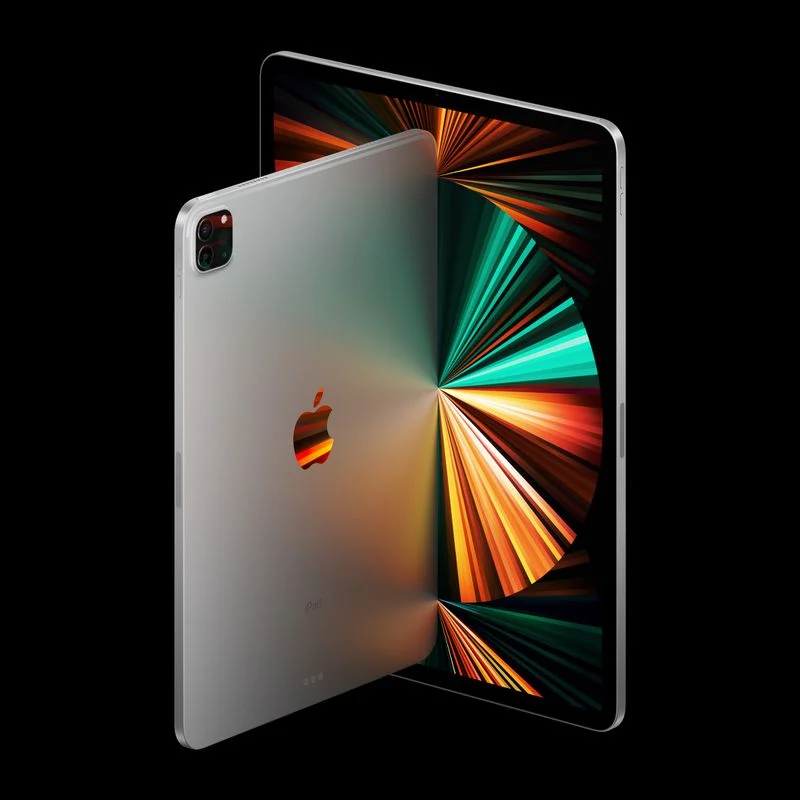
The 10.9-inch iPad Air is nearly the same size as the 11-inch iPad Pro, although the display is smaller, resulting in slightly thicker bezels around the screen.
Although the two iPad models have similar designs, the iPad Air is available in a wider range of colors. The iPad Air is available in space gray, starlight, pink, purple, and blue, while the iPad Pro is only available in silver and space gray.
Authentication
The main difference between the iPad Air and the iPad Pro is the authentication technology. The iPad Air has Touch ID, while the iPad Pro has Face ID.

The iPad Air embeds a Touch ID fingerprint scanner in the top button of the iPad. Face ID on the iPad Pro is facilitated by an array of TrueDepth cameras in the top bezel.
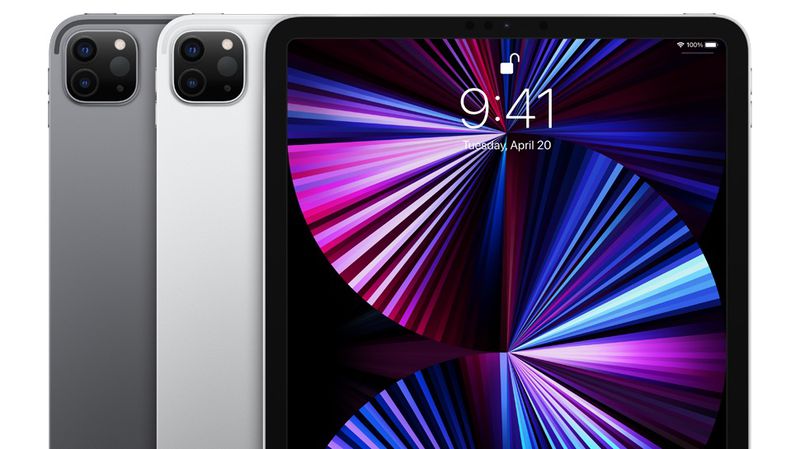
Unlocking is something you might use dozens of times a day, so if you feel particularly strongly about it, it’s important to choose your preferred authentication method. Having said that, both “Touch ID” and “Face ID” are improved technologies that work well now, and most users will probably be happy with either one they have.
Displays
Display Sizes
The iPad Air features a 10.9-inch display, while the iPad Pro has the option of either an 11-inch display or a 12.9-inch display.
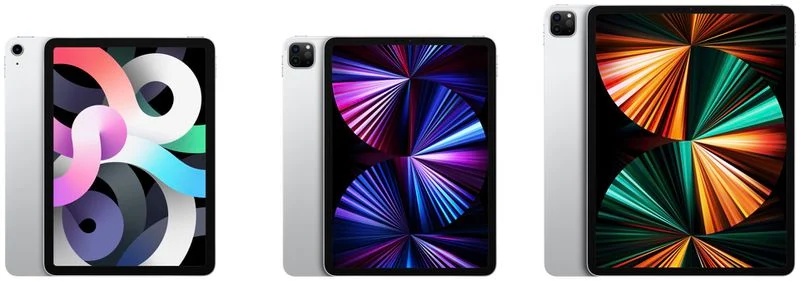
The screen size difference between the 10.9-inch iPad Air and the 11-inch iPad Pro is almost negligible. About half a pound lighter than the 12.9-inch iPad Pro, these models are best for users who value portability and ease of handheld use.
On the other hand, the 12.9-inch iPad Pro is best for those who intend to use the iPad like a laptop, perhaps on a desk or with a keyboard accessory like Magic Keyboard. Especially on the large 12.9-inch iPad Pro display, the multitasking experience is much better.
Display Technologies
Both the iPad Air and 11-inch iPad Pro feature a Liquid Retina LED display with 264 ppi, fully laminated, oleophobic and anti-reflective coating, P3 Wide Color, and True Tone. The 11-inch iPad Pro is 100 nits brighter than the iPad Air and features ProMotion technology with a refresh rate of up to 120Hz.
The 12.9-inch iPad Pro offers the biggest advancement in display technology. This model has all the display features included in its smaller sibling, including 120Hz ProMotion, but uses a fundamentally different underlying display technology: mini-LED.
Apple refers to the 12.9-inch iPad Pro’s mini-LED screen as a “Liquid Retina XDR display.” Mini-LED enables the 12.9-inch iPad Pro to achieve up to 1,000 nits of full-screen brightness, 1,600 nits of peak brightness, and a 1 million-to-1 contrast ratio. The monitor mirrors what can be seen in the real world by capturing the brightest highlights and subtle details in the darkest images, enabling users to view and edit lifelike HDR and Dolby Vision content, which is great for creative professionals This is especially important for photographers, videographers and filmmakers.
The iPad Air’s Liquid Retina display is good enough for the vast majority of users, but some may prefer the responsiveness of ProMotion on the iPad Pro for tasks like gaming. On the other hand, the 12.9-inch iPad Pro’s high-end Liquid Retina XDR display is best for users who consume a lot of HDR content, creative professionals, and those who want the best possible display.
M1 vs. M2
Both the iPad Pro and iPad Air offer a high level of performance, but the iPad Pro features the M2 chip — Apple’s latest custom silicon chip designed primarily for Macs, enabling ProRes video recording and media acceleration for the first time on an iPad.
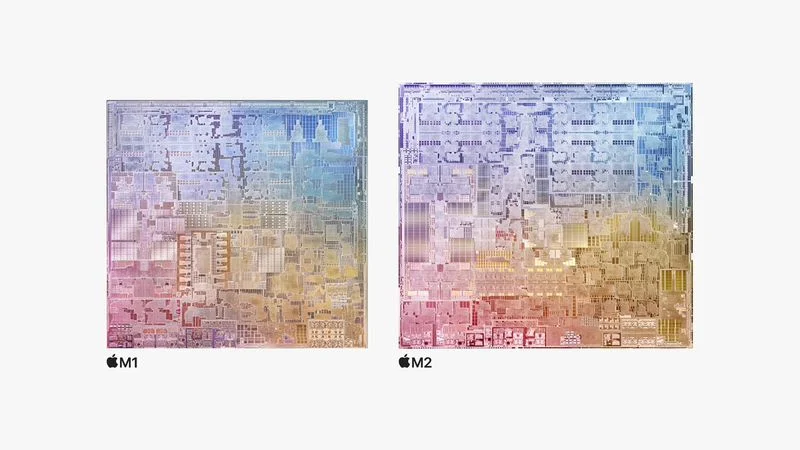
Apple says the M2 chip is a step up in performance per watt over the M1, with an 18 percent faster CPU, 35 percent more GPU power, and a 40 percent faster Neural Engine.
Regardless, both of the chips are Mac-class and offer a high level of performance that should be able to meet most users’ needs, with more meaningful advancements being reserved for ProRes workflows.
Memory
The iPad Air has 8GB of RAM, while the iPad Pro has 8GB or 16GB, depending on the storage configuration you choose. iPad Pro configurations with 1TB or 2TB of storage include 16GB of RAM, while all other storage configurations include 8GB of RAM. The 8GB in the iPad Air is more than enough for the average user, but 16GB will better handle multiple windows of the same app and a series of intensive background tasks.
At the end of the day, iPadOS is very good at memory management, and it’s questionable to what extent apps can utilize the extra memory, so in most cases the amount of RAM in an iPad doesn’t matter much.
Storage
The iPad Air is available in 64GB or 256GB storage options, while the iPad Pro is available in 128GB, 256GB, 512GB, 1TB, or 2TB. The maximum 256GB of storage in the iPad Air is more than enough for many users, but for power users who plan to store a lot of data on their iPad, the iPad Pro offers that option.
Cameras
Rear Cameras
The main difference between the two iPad models is their camera setup. The iPad Air has an ƒ/1.8 12MP wide-angle camera. The iPad Pro has the same ƒ/1.8 12MP wide camera as the iPad Air, but also adds an ƒ/2.4 10MP ultra-wide camera and lidar scanner.

In addition to being able to digitally zoom in up to five times, the “iPad Pro” can optically zoom out by up to two times, thanks to its ultra-wide-angle lens. The iPad Pro can record 4K ProRes video, and it also has True Tone flash.
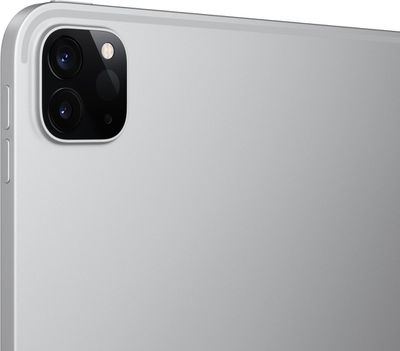
LiDAR allows the iPad Pro to measure the distance to surrounding objects up to 5 meters away and operates at the photon level at nanosecond speeds. This enables the iPad Pro to achieve a “new level” of improved AR experiences through better motion capture, understanding of the environment, and occlusion of people.
Users who prefer to use the iPad as a large viewfinder for photography or AR-heavy users will appreciate the iPad Pro’s more advanced camera setup, but for most users who don’t use the iPad’s rear camera very often, the iPad Air’s single-wide camera is more than adequate.
Front-Facing Cameras
Both the iPad Air and iPad Pro have an ƒ/2.4 12MP ultra-wide front-facing camera with 2x optical zoom. The TrueDepth camera on the iPad Pro also supports Portrait Mode, Portrait Lighting, Animoji, and Memoji.
Both devices take center stage for video calling with front-facing cameras. Center Stage uses the larger field of view of the iPad and the machine learning capabilities of the M1 and M2 chips to identify and keep the user at the center of the frame. As the user moves around, the Center Stage automatically pans to keep them in the shot. When others join, the camera also detects them and zooms out smoothly to bring everyone into view.
With the exception of Portrait Mode, Portrait Lighting, Animoji, and Memoji, the two front-facing cameras have the same setup, and there’s no reason to put one over the other.
Speakers and Microphones
The iPad Air has two-speaker audio in landscape mode, while the iPad Pro has wider four-speaker audio. If you use the iPad to play a lot of music and videos through the built-in speakers, the iPad Pro will provide a slightly better experience.
The iPad Pro can record stereo audio and has a “studio-quality” microphone, which may be important for some users who use the iPad to record music or lectures. Even so, the iPad Air has a proficient speaker and microphone setup that’s more than adequate for most users’ needs.
Wireless Connectivity
The iPad Pro uses Wi-Fi 6E, Bluetooth 5.3, and mmWave 5G with better wireless connectivity specs than the iPad Air in the US. Wi-Fi 6, Bluetooth 5, and sub-6GHz 5G on the iPad Air are actually more than enough for most users, but if you have a clear need for better specs on this front, like a high-speed 5G cellular connection in the US In the US, the “iPad Pro” might be a better value option.
Ports
The iPad Air comes with a standard USB-C port, while the iPad Pro comes with a Thunderbolt port. The USB-C on the iPad Air can transfer at 10Gb/s, while Thunderbolt supports speeds up to 40Gb/s. In addition to being faster, Thunderbolt also opens up the potential for compatibility with a wider range of Thunderbolt-only accessories, such as external hard drives and monitors. Thunderbolt is also backward compatible with USB-C, so both ports look the same.
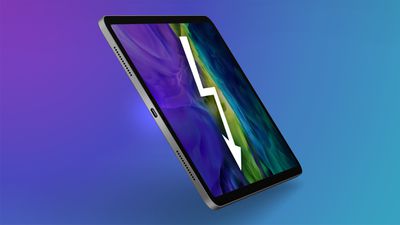
Although Thunderbolt is significantly faster than the iPad Air’s standard USB-C port, most users probably don’t have a Thunderbolt accessory that can take advantage of those speeds. For this reason, the “iPad Air” is again the best choice for most people when it comes to port options.
Accessories
Both the iPad Air and iPad Pro support accessories such as the Apple Pencil 2, as well as Apple’s Smart Keyboard Folio and Magic Keyboard. Since they both support the same accessories, there’s no reason to buy one of these models when it comes to things like a keyboard or trackpad.

Apple Pencil Hover is a new feature unique to the iPad Pro that allows cursor-like interaction when the Apple Pencil is brought close to the screen. So for avid illustrators, note-takers, and Apple Pencil enthusiasts, this could be an important factor.
Also consider that accessories like the Apple Pencil and Magic Keyboard have to be purchased separately from the iPad, thus driving up the overall price. So if the iPad Pro starts at $799 for the 64GB 11-inch model, but it’s out of your price range, and you want an accessory, like the $299 Magic Keyboard, you might want to opt for the iPad Air, which starts at $599 , to reduce the overall cost.
Other iPad Options
If the $599 iPad Air is too expensive, you might want to consider the 10th-generation iPad, which starts at $449. The iPad features a 10.9-inch display, A14 Bionic chip, 4GB of RAM, Center Stage, and is compatible with accessories like the Magic Keyboard Folio and the first-generation Apple Pencil. While it lacks features like a laminated display, M1 chip, and 8GB of RAM, the 10th-gen iPad is a great alternative to a mid-to-high-end iPad, offering a well-balanced mix of features.
On the other hand, if you are looking for the smallest, most portable iPad, you should consider the iPad mini, which features a smaller 8.3-inch display and the A15 chip, for $499.
Final Thoughts
Overall, the “iPad Air” is the better option for most users, just for the money. For most people, the extra $200-plus to buy an iPad Pro isn’t enough to get Face ID, a more versatile rear camera system, quad-speaker audio, a ProMotion display with a refresh rate of up to 120Hz, and an Apple Pencil Hover .
Some iPad Pro features, such as LiDAR, an ultra-wide rear camera, larger storage options and up to 16GB of RAM, and Thunderbolt connectivity, are only useful to a small percentage of iPad users, and most users will never use some of these high-end features. Many users may not be able to meaningfully use many features, such as True Tone flash, mmWave 5G connectivity in the US, audio scaling, and stereo recording.
Professionals with clear use cases that require more RAM and storage, Thunderbolt connectivity, and mini-LEDs for HDR content will benefit from buying an iPad Pro. Pros will also enjoy features like 120Hz ProMotion for smoother scrolling and gaming, deeper blacks and more vibrant colors, a mini LED display, and LiDAR for AR experiences, even if they’re not required, and Those who want a larger 12.9-inch display for content consumption or better multitasking will also need to pair with the higher-end iPad Pro models.
Prosumers and professionals looking to replace a laptop or computer with an iPad might choose the 12.9-inch iPad Pro if they pair a 12.9-inch iPad Pro with a Magic Keyboard, as it adds screen real estate for multiple apps. This larger iPad Pro is quite different from the iPad Air, setting itself apart with mini-LEDs and a larger display.
Aside from these individual cases, the “iPad Air” is the best choice and is sufficient for most users’ needs. With the “iPad Air,” users get useful features like an all-screen design, an “M1” chip, USB-C and 5G connectivity, and compatibility with Apple’s core accessories.
Read more articles: https://www.facebook.com/RedTomElectronics/
If you have more ideas to discuss with us, welcome to join our Apple Fans Club on Facebook.


